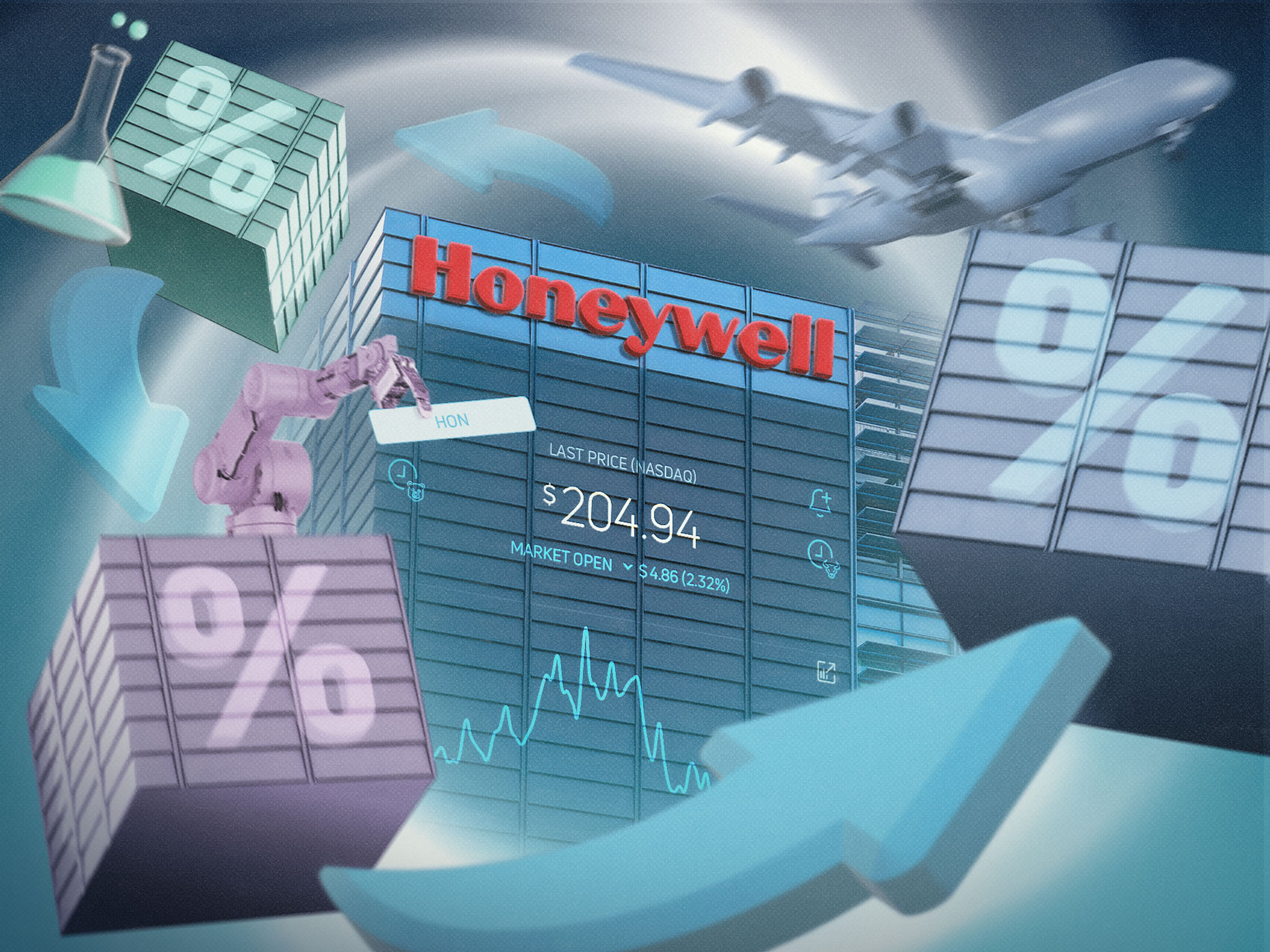Honeywell (NYSE: HON), the industrial conglomerate founded almost 120 years ago, is betting that the sum of its parts is worth more than the whole.
The company has announced it’s splitting into three units. The biggest is automation, with $18 billion of annual sales. Second is aerospace, with $15 billion of sales, and third is advanced materials (chemicals), with $4 billion of sales. Honeywell expects to complete the spinoffs by the end of next year.
These are solid businesses. Morningstar analyst Nicholas Lieb thinks they will benefit from growth of warehouse automation, data analytics in power plants, remote security management, energy savings in buildings, and broader commercial aerospace.
“Honeywell is one of the stronger multi-industry firms in operation today,” he said. Its strategy in each area is to ensconce its products into customers’ activity and the reap the rewards with recurring revenue through after-market servicing. That means maintenance, repair and upgrades.
Honeywell possesses a storied history. In 1906, the company began producing an invention of founder Mark Honeywell: a reliable hot water heat generator. Later, the company created the C-1 autopilot for B-17 bombers that enabled precision high-altitude strikes during World War II.
Honeywell’s recent troubles
In recent years, though, Honeywell hasn’t been firing on all cylinders. One issue is environmental problems. It agreed to a $65 million settlement in 2022 for allegations of water supply pollution, and it reached a $10 million settlement a year earlier over asbestos exposure claims. Honeywell also has suffered from an inability to get all its divisions to grow strongly at once.
As a result, its stock has lagged the market. It has returned just 4.2% over the last 12 months, compared to 19.1% for the S&P 500, according to Morningstar. For the last five years, it’s 7.1% annualized for Honeywell, versus 16.4% for the S&P 500.
Honeywell’s underperformance led activist investor Elliott Investment Management to take a stake in the company late last year and push for change. It called for a breakup of Honeywell, helping to inspire the company’s decision to do so.
Its performance has begun to rebound. Honeywell’s sales rose 8% in the second quarter from a year earlier to $10.4 billion. Earnings per share gained 4%. And the company raised its full-year guidance for revenue and adjusted earnings per share in its second-quarter earnings report.
General Electric has thrived with a split into three separate companies, finalized last year, and Honeywell hopes to do the same. Many analysts are bullish on the move.
Some are bullish, some bearish
“We agree with Elliott that a breakup will let each business shine and could unlock considerable value, given simplified operating structures with dedicated boards and executive teams.” said Morningstar’s Lieb. It helps that the businesses don’t overlap much.
And the current structure isn’t working, he said. “Simply put, we don’t think Honeywell’s aerospace and automation businesses share any synergies, and its current team has to wear too many hats.”
But investors seem to be less enthusiastic, with the stock dropping 7% compared to a 14.1% gain for the S&P 500.
So who’s got it right, analysts or investors? Unfortunately that’s impossible to determine.
The author owns shares of Honeywell.




Comments